Update to artists of interest:
Phoebe Cummings – clay sculpture. Works with clay to make lifelike natural displays, flowers, leaves, branches, moss. Each sculpture is dismantled with water and the clay is re-used again in the next work. I love this idea of renewal and using natural products; it links to her themes and gives an encompassing natural sense to her practice.


Amanda Cobbett – textile artists. Creates intricate and realistic versions of natural paraphernalia using embroidery. She says that we need to pay attention to the little things as much as the big, as when they are gone how will we ever know that they were there?


https://www.theguardian.com/artanddesign/gallery/2022/feb/26/embroidered-sculptures-of-woodland-treasures-in-pictures
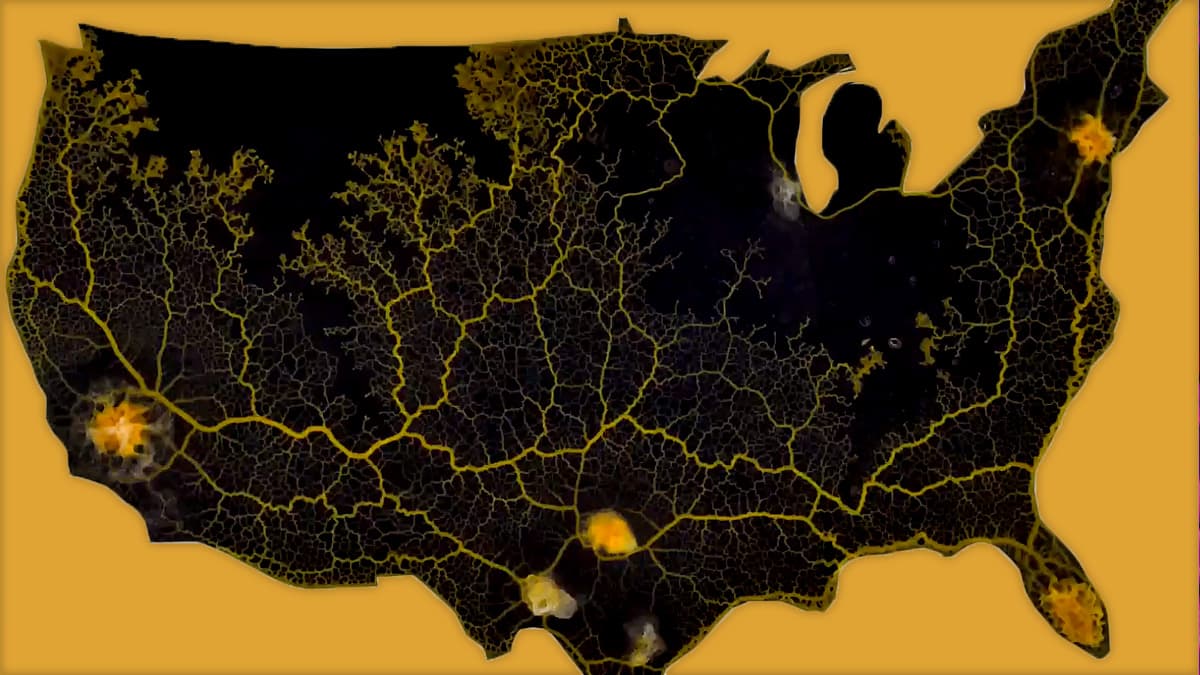
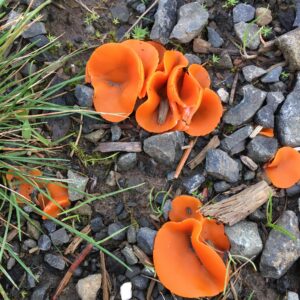
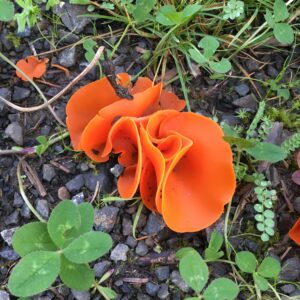
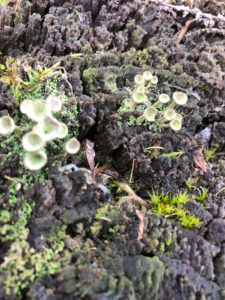


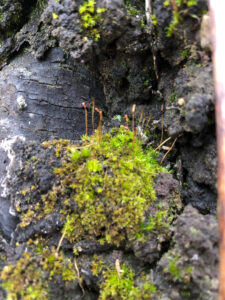
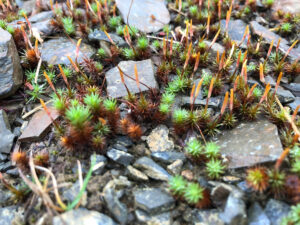
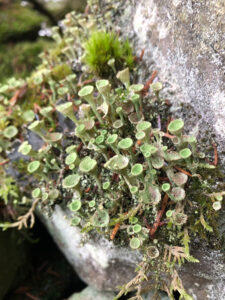


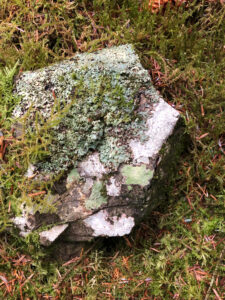
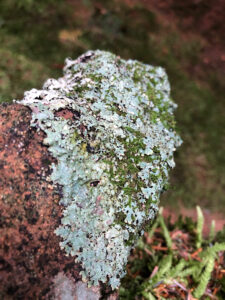
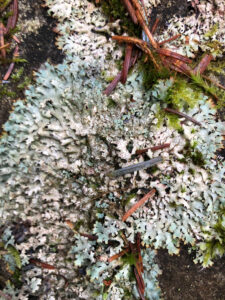
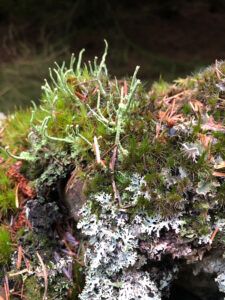
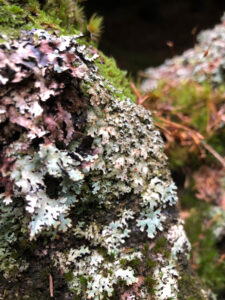



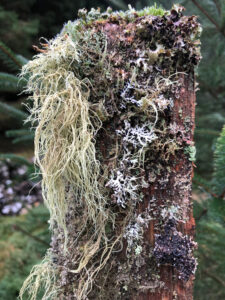
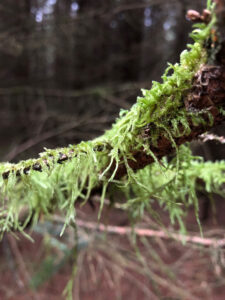
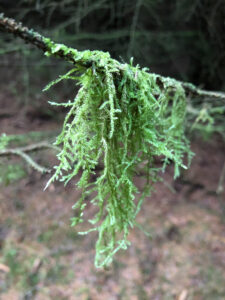

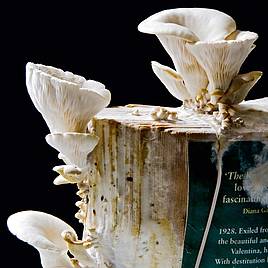
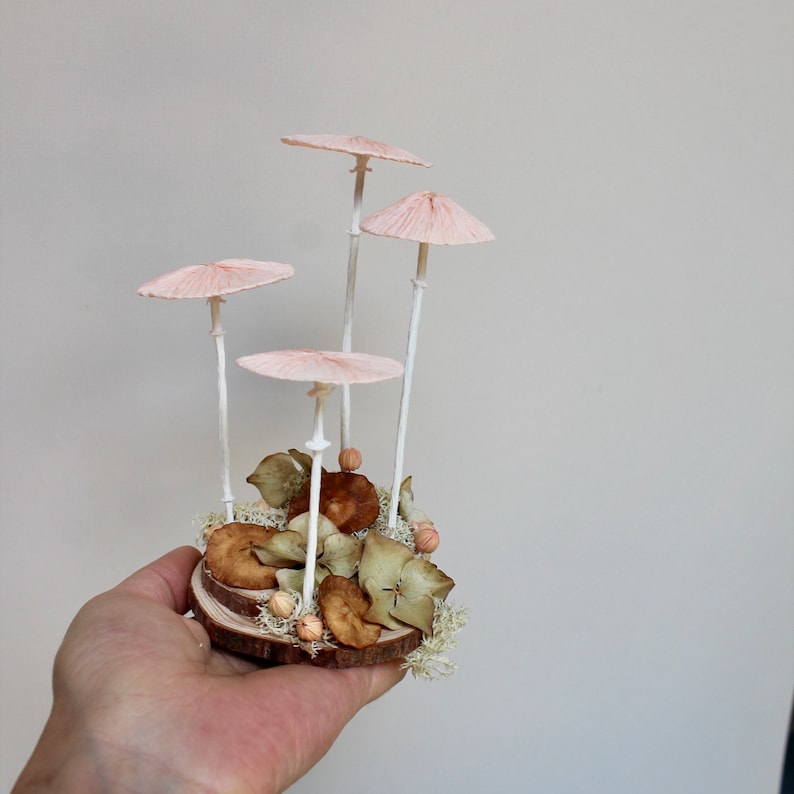 .
. 